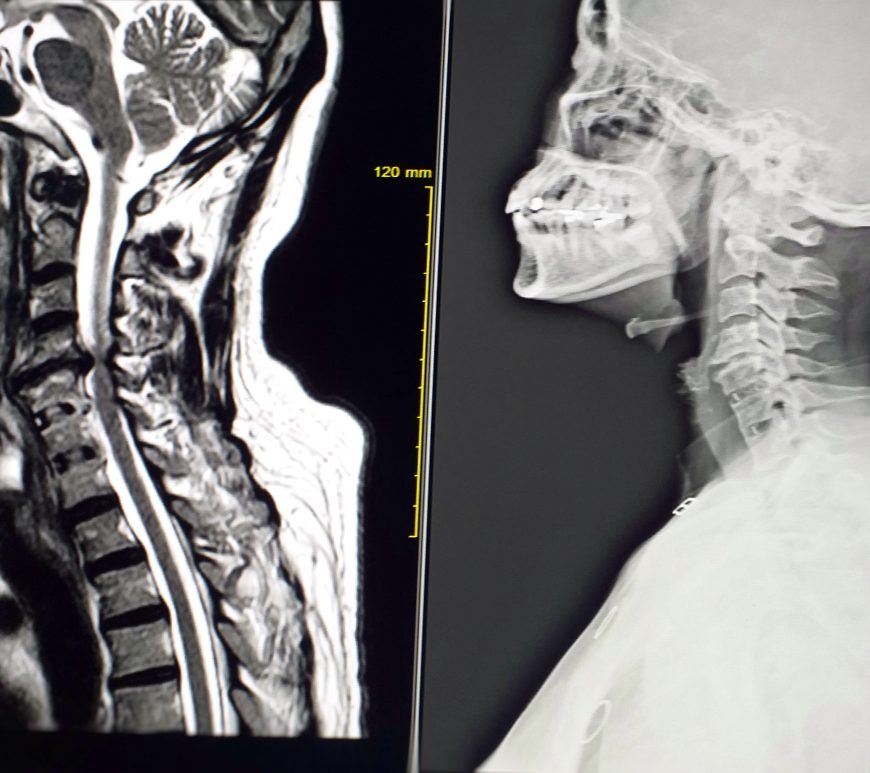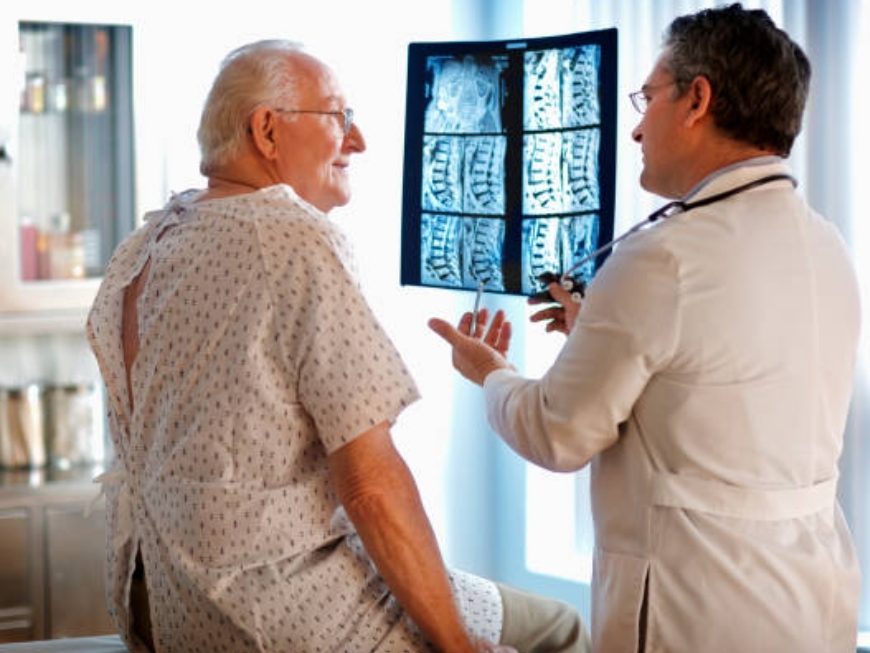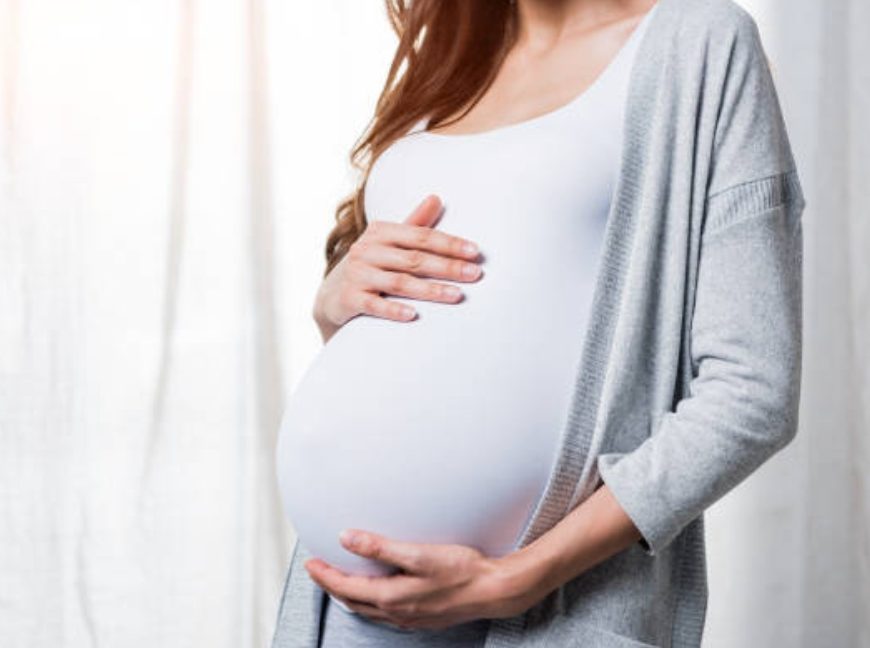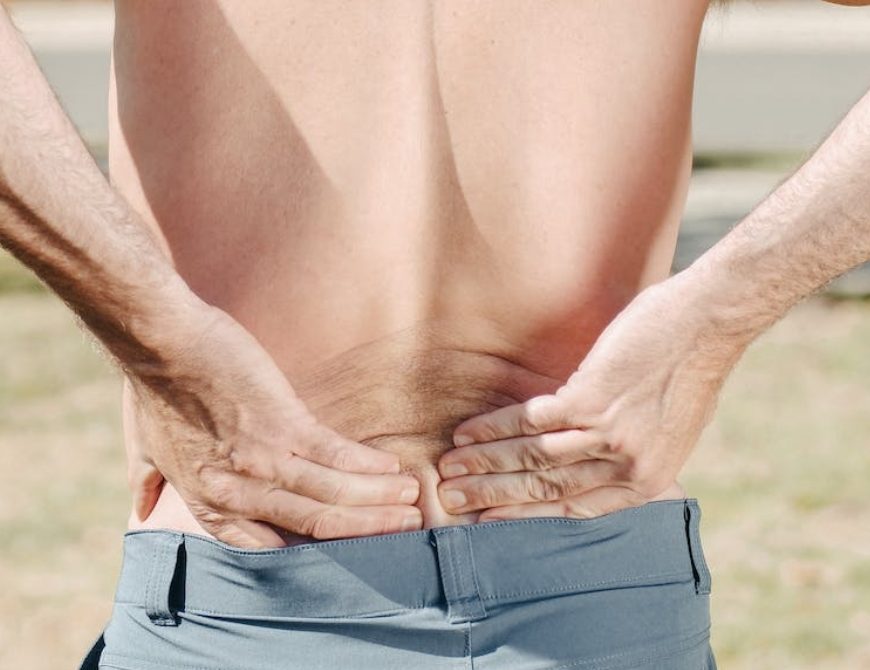
Unveiling Rarity: Horner Syndrome Caused by Cervical Disc Herniation
Johann Friedrich Horner originally described the Horner syndrome (HS) in humans in 1869 (van der Wiel HL. 2002). HS is caused by a disruption in the oculosympathetic circuit between the hypothalamus and the orbit (Amonoo-Kuofi HS, 1999). The characteristic trio of ipsilateral eyelid ptosis, miosis, and face anhidrosis is what distinguishes HS. There are numerous causes of HS, but herniated cervical disc (HCD) is a … Continue reading Unveiling Rarity: Horner Syndrome Caused by Cervical Disc Herniation


